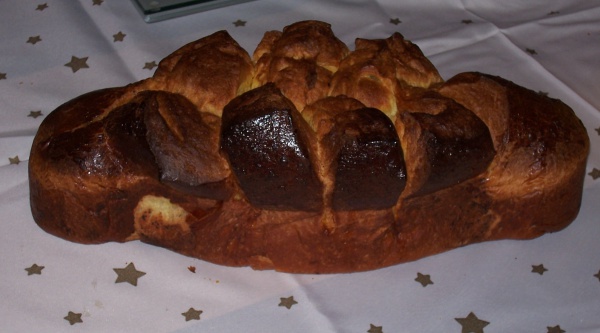Facts About Cougnou
The cougnou, also known as the "bread of Jesus" is a cherished Christmas tradition in the southern Low Countries. This festive bread goes by different names depending on the region. In Romance Flanders, places like Lille and Tournai call it "coquille." In ancient Hainaut, including areas such as Mons, it’s referred to as "cougnolle" or "cognolle." In Walloon-speaking regions like Charleroi, Namur, Dinant, and the Ardennes, it is known as "cougnou." Over in Cambraisis, it becomes "quéniolle" and in West Flemish-speaking parts of French Flanders, such as Dunkirk, it is called "volaeren" "folards" or "folarts."
Shaped like a baby Jesus, this sweet bread is made from flour, eggs, milk, yeast, raisins, and sugar. It is traditionally given to children during Christmas and St. Martin's Day and is often enjoyed with a warm cup of hot chocolate. Although its origins trace back to ancient Hainaut, the cougnou has gained popularity throughout the southern Low Countries.
Each region adds its own unique touch to the cougnou. In Hainaut and Romance Flanders, it is decorated with terracotta circles. In Cambraisis, you’ll find it adorned with incisions, while other regions might embellish it with flowers or sugar.
Traditionally, the terracotta circles, known as "ronds" were crafted from Baudour clay. Today, they are made from plaster, but the festive spirit of the cougnou remains unchanged.

 Germany
Germany